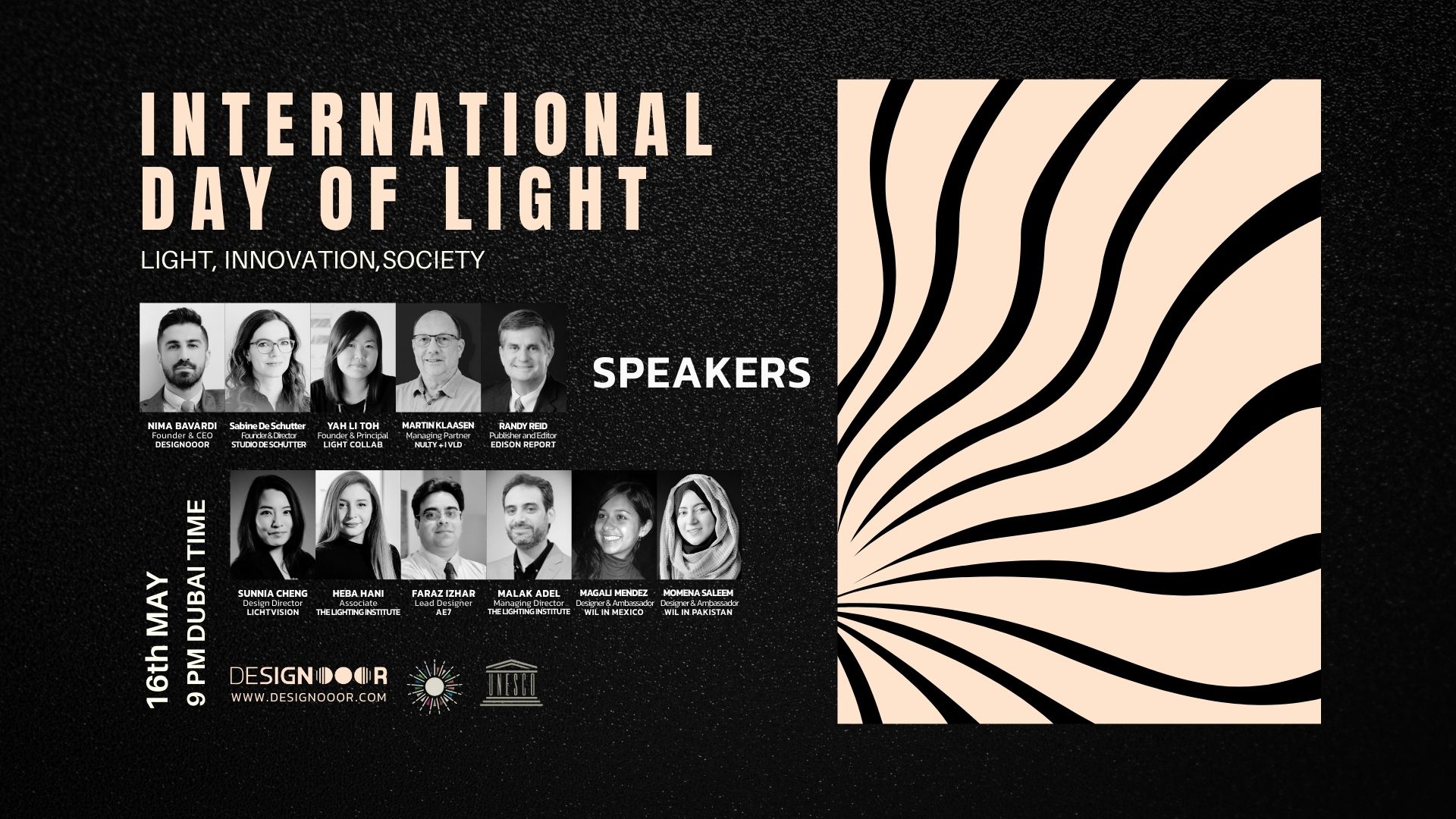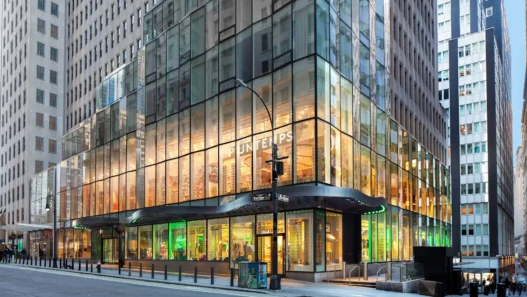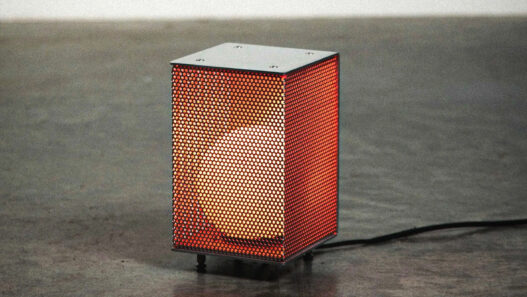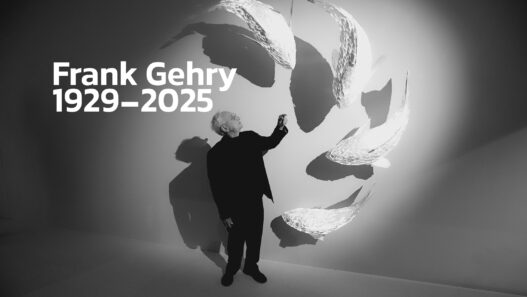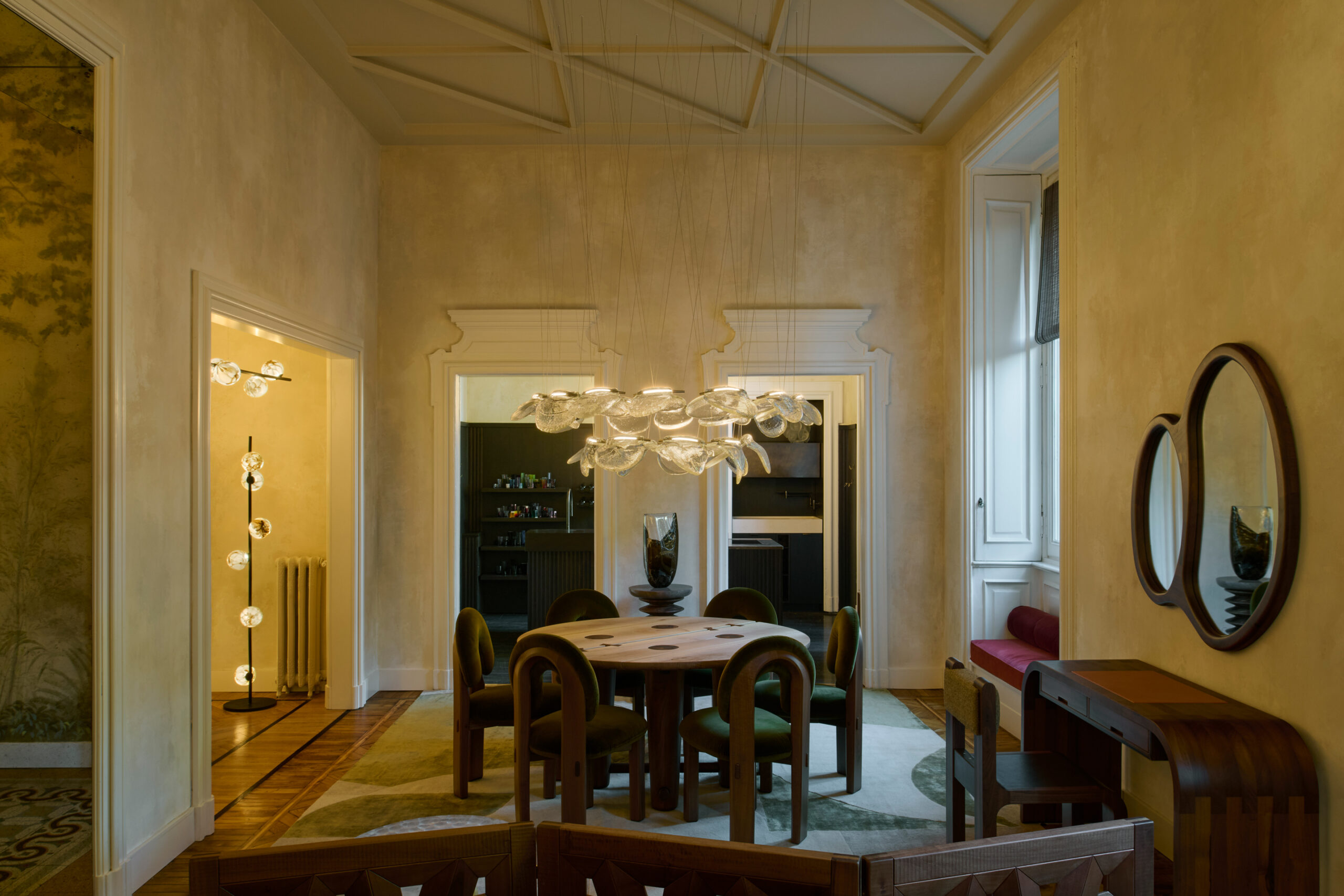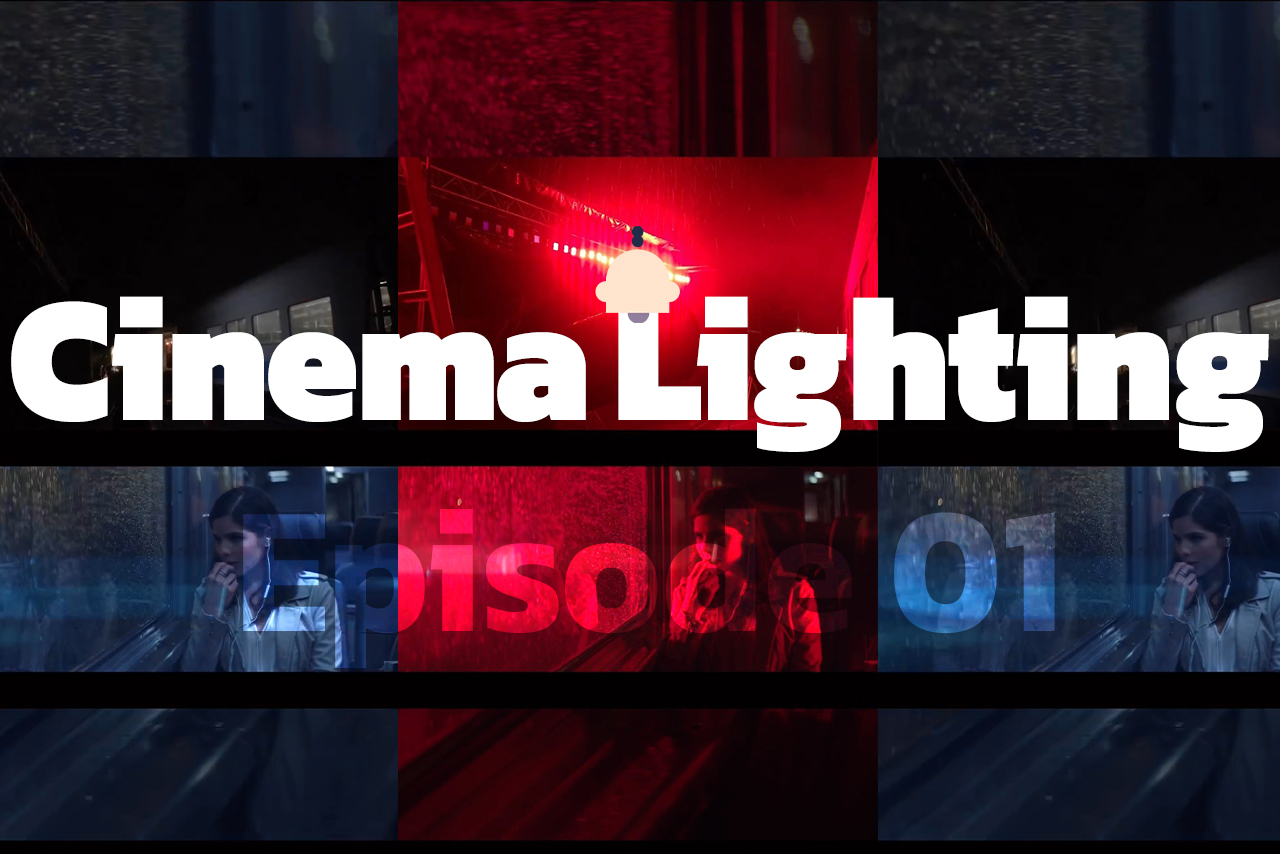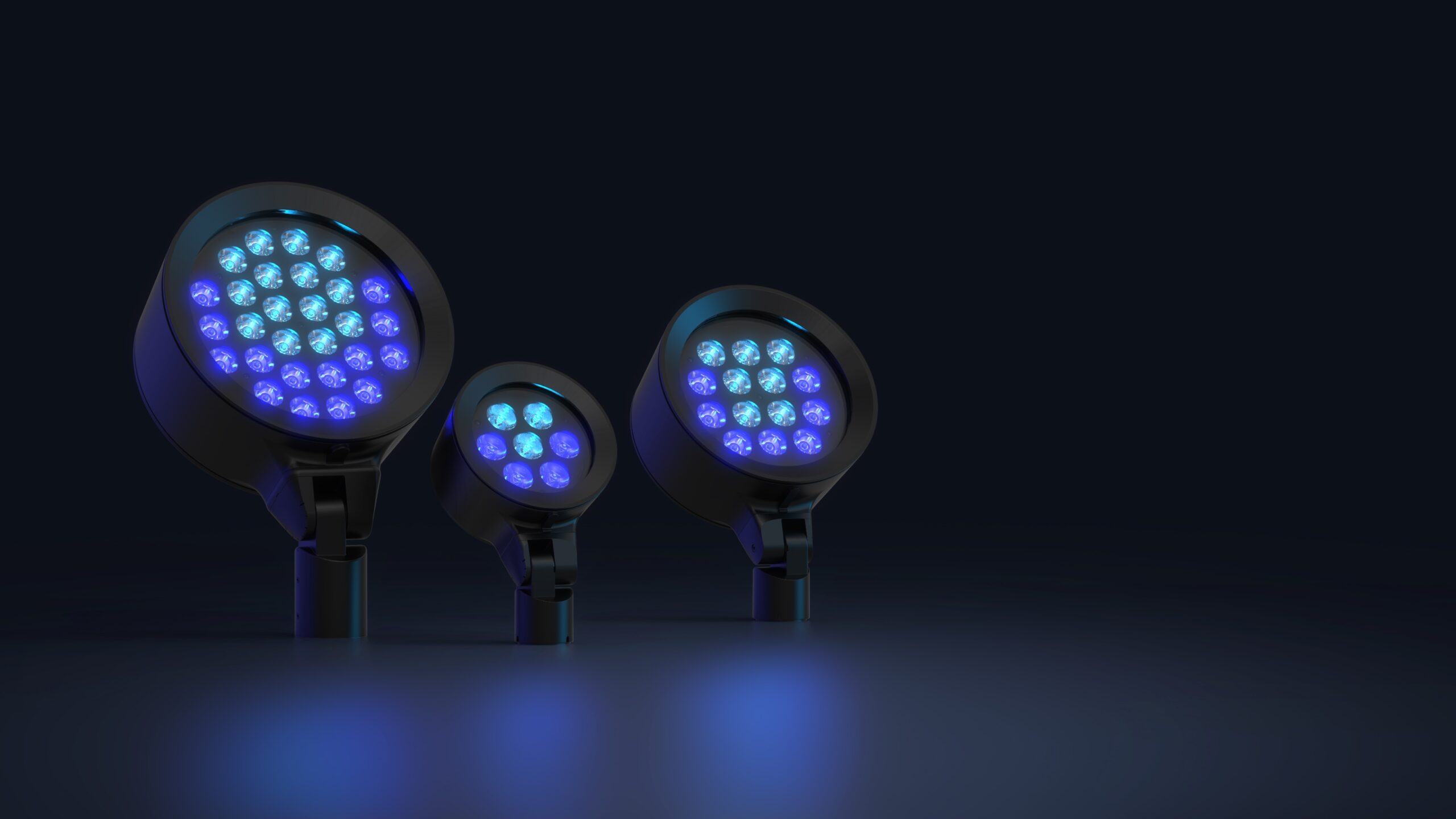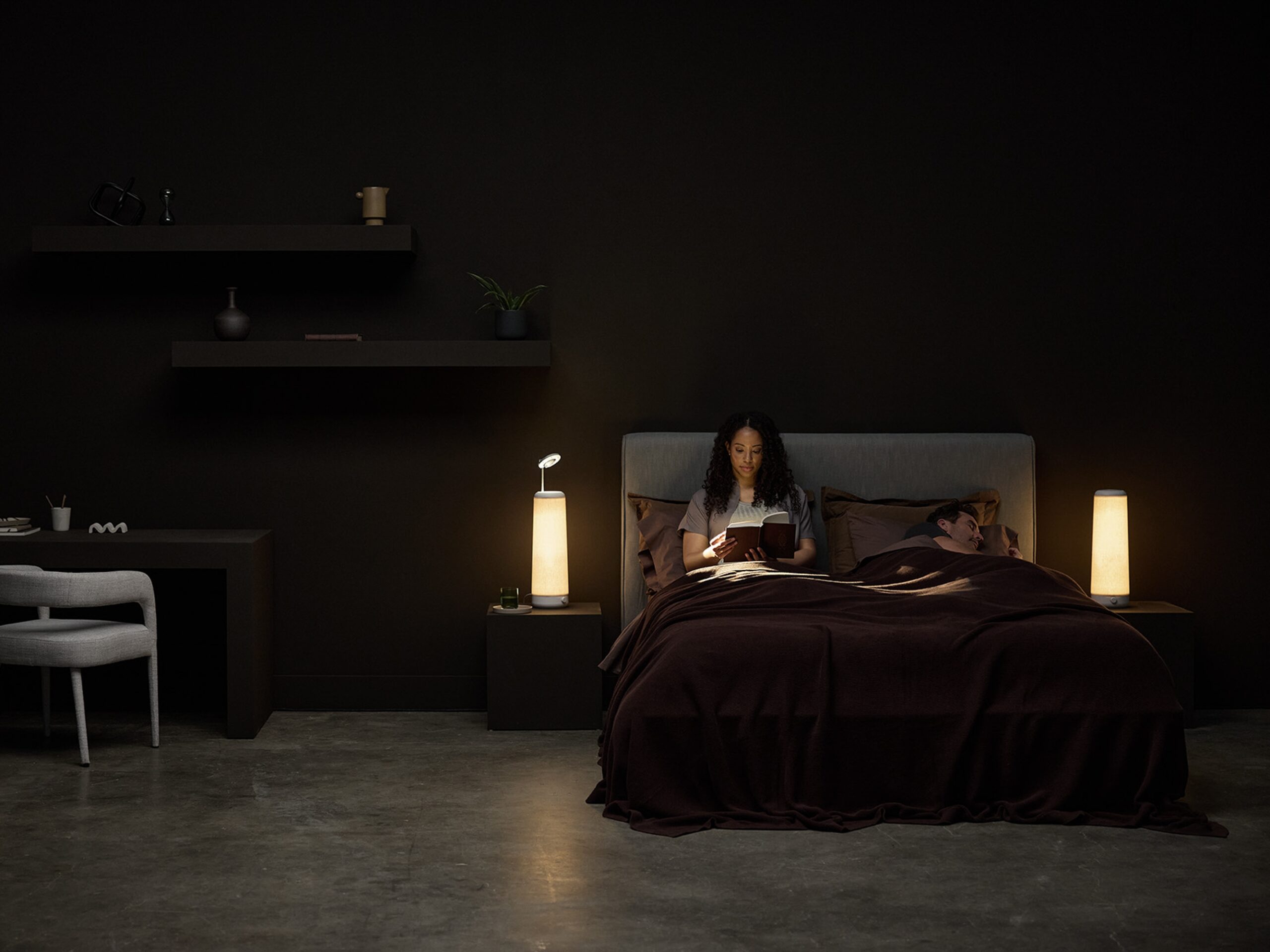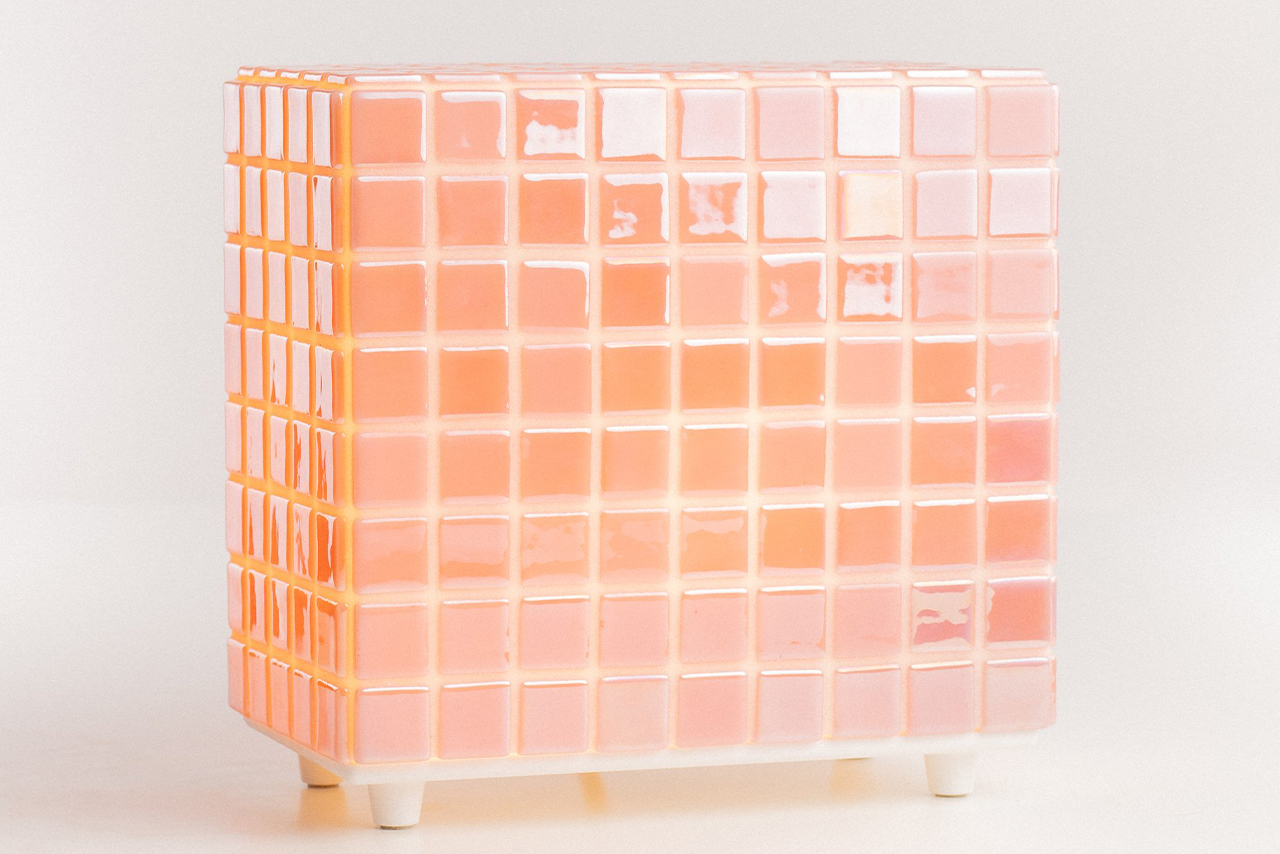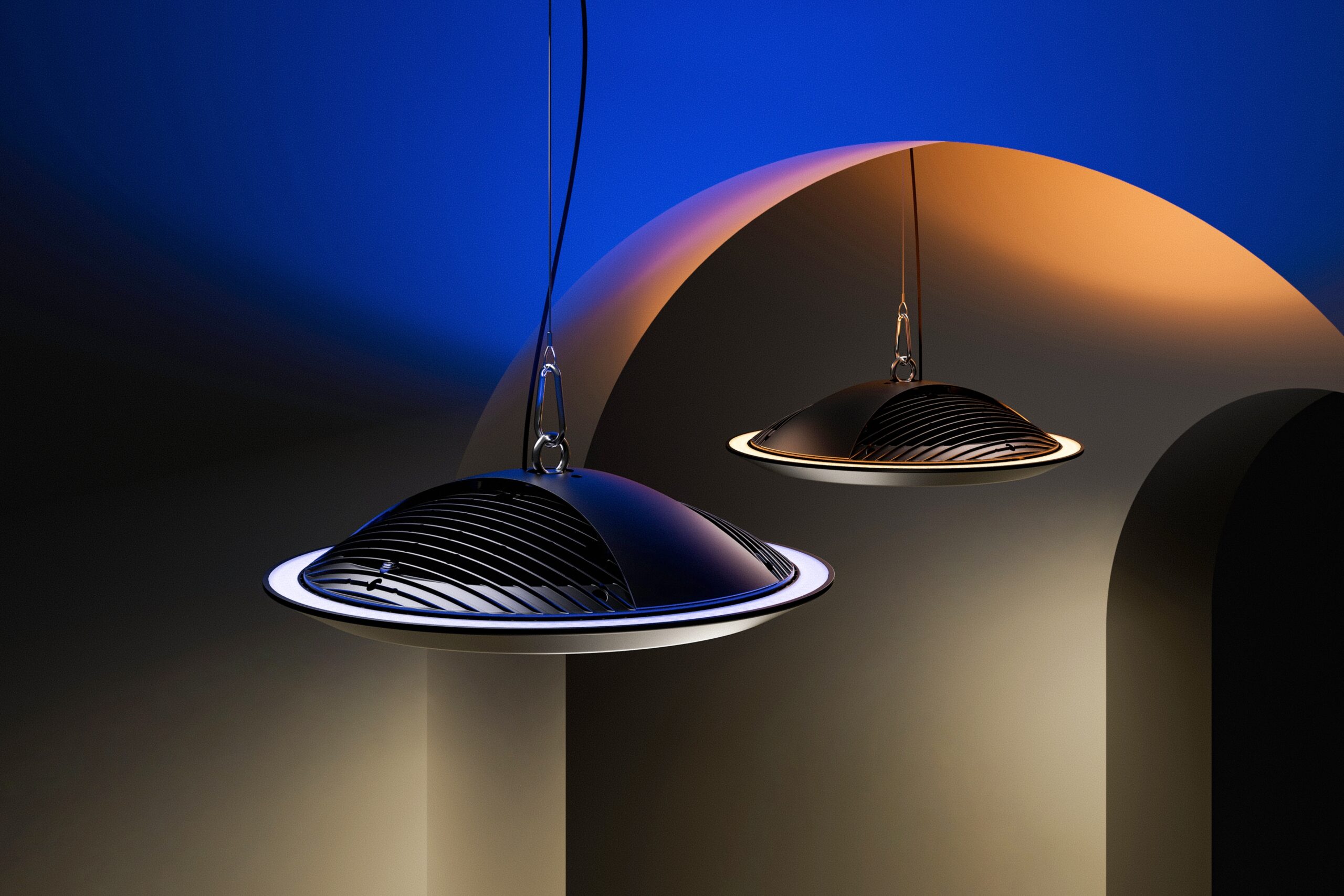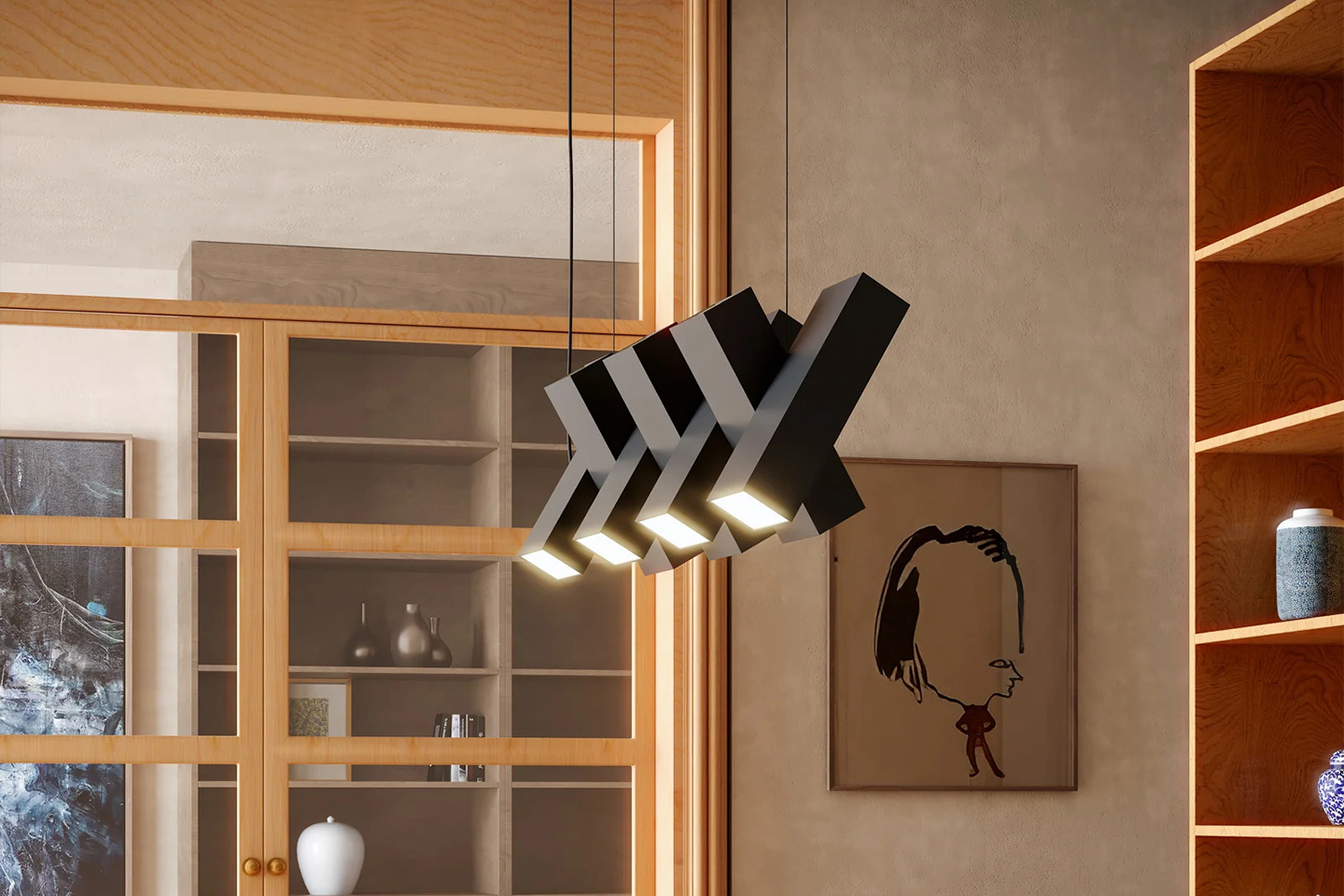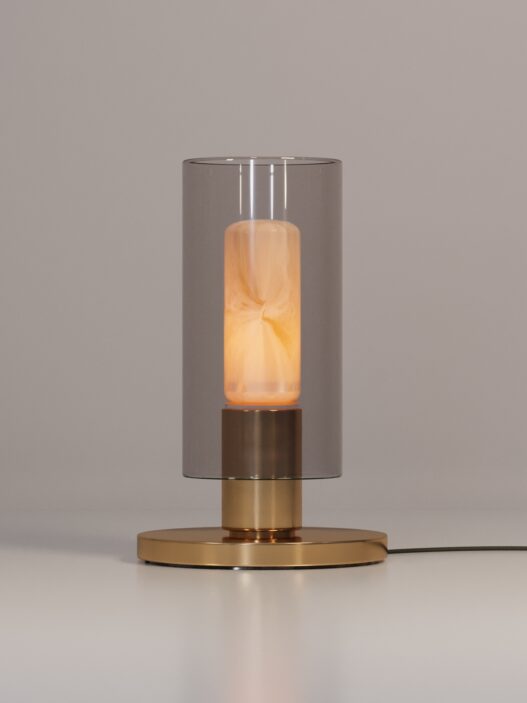A Precise Visual Event
At first glance, what appears before the eye is not a lamp but the suspension of time, embodied in figures that seem forgotten, in a warmth not yet turned into memory. The formal language of the work does not lie. Each piece in the 141 series was shaped in a crimson moment, with a half-voluntary gesture. But the beauty of this work does not lie in its accidental nature. It lies in the delicate design that has turned chance into form. Light here is not for seeing but for living, a sensory participation in an invisible ritual. What takes center stage is neither brightness nor glass, but something in between, something that is neither yet both: the tremor of an unstable presence. Are these objects? Or merely the memory of fingertips pressed against the soft skin of molten glass?
Light here does not merely illuminate matter; it is reinterpreted by it. As it passes through the uneven layers of glass, fractures occur that compel us to look not at the form but at the relationship. The relationship of light to surface, light to space, and ultimately, light to us. Light does not paint. It pierces, not to create form but to reveal what spatial architecture has concealed from us. The glow of the semi-transparent glass recalls the dried fin of a fish washed ashore, radiant yet lifeless. And this metaphor, paradoxically, is not a celebration but a kind of beautiful ache. These lamps seem to remain after an invisible fire, bones of light dressed in a garment of glass.

The suspension mechanism, with its near-invisible wires that almost vanish from the mind, occupies a space exactly between presence and absence. This is not a decorative decision. It is ontological. Everything is designed so that you, the observer, feel that the object floats and yet remains loyal to the ground. From a Gestalt perspective, the work is never complete, and this incompleteness is inherent to it. You never fully understand whether these luminous clusters are speaking to each other or are too solitary to form any connection. It is as if you are faced with a gathering of forms unaware of each other’s existence. This is not poetic ambiguity. It is a philosophical question about coexistence and silence.
From a sustainability perspective, the intelligent use of LEDs is undeniable. But one might ask: can such fragile and minimal light volumes influence environmental resilience in the long term, or are they only suitable for display-like, gallery-oriented settings? Are they fit for vibrant and dynamic spaces, or merely for places designed for contemplation and watching? What is clear is that the designer, with a delightful cruelty, has stripped light of its daily function, only to dress it again in a thin, tattered, yet astonishing gown.
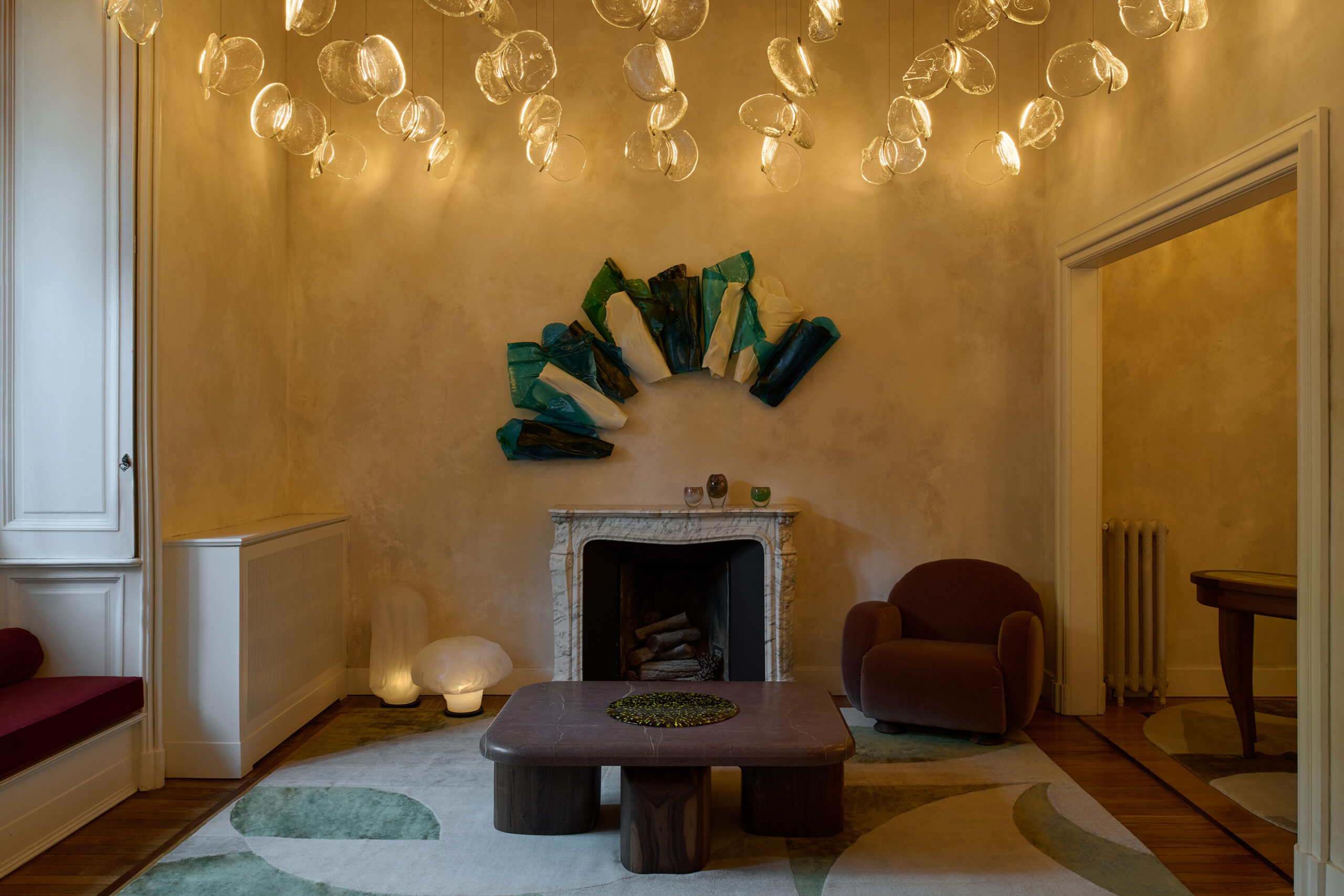
And if we ask what this collection resembles in our world, the answer might be the slow spinning of broken glass in still water, stirred by a breeze. They are not fish, nor birds, nor vessels, nor pieces of a whole object. They are something that is no longer, and yet still is. And this contradiction is beauty. Just as in one of James Thurber’s drawings, where among fractured forms and restless shadows, you suddenly feel that time has stopped. 141 does the same. It arrests you, without making a sound.
So let me say, in conclusion: this is not a work, but a proposal. A proposal for another way of seeing light. A light that is no longer a tool, but a question. A light that does not illuminate our space, but leaves us, within our own darkness, alone with ourselves. In a world where everything flashes and fades in haste, these lamps do not seek attention. They seek not to be forgotten. And that is something only art can do.
Brand: Bocci
🏆 Prize: NYCxDesign Award
📷 Photo Credits : Fahim Kassam
